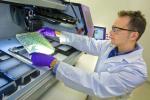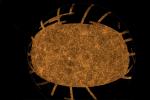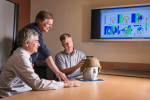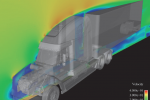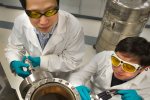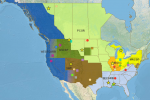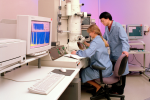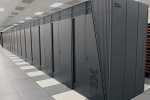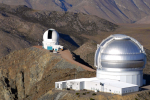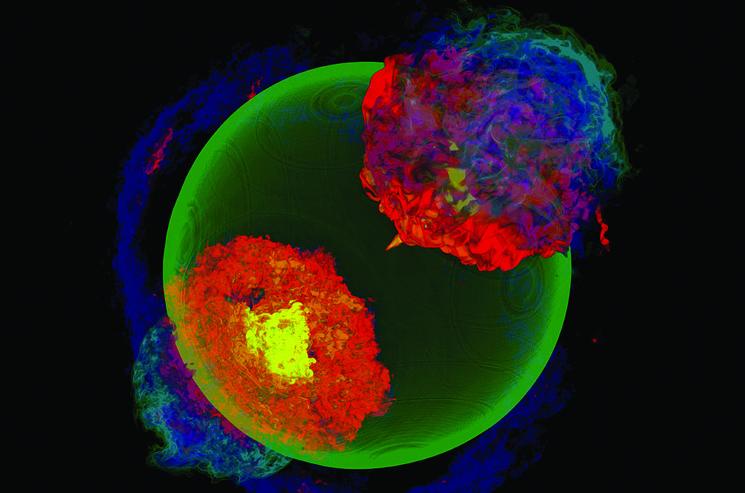
This is a computer simulation of a Class 1a supernova. Argonne National Laboratory's Mira will have enough computing power to help researchers run simulations of exploding stars, specifically, of the turbulent nuclear combustion that sets off type 1a supernovae. | Photo courtesy of Argonne National Laboratory
The products of scientific research are how we define our modern life and the National Labs play an important role, as evidenced by these innovations.
In Dark Energy science, scientists have found flaws in accepted theories using them to build even better models of how nature actually works.
Biofuels produced here in the U.S. increase our energy security, but there is still a need for next-generation renewable fuels that can be integrated into the nation's current fuel refining and distribution infrastructure. If successful, electrofuels projects sponsored by ARPA-E could help fill this void.
Berkeley computers helped crunch the data to create the largest 3-D color map of the universe ever made.
Researchers have been charged with building a better battery for future generations of electric cars -- a mission to improve energy security, reduce petroleum dependence and lower emissions.
